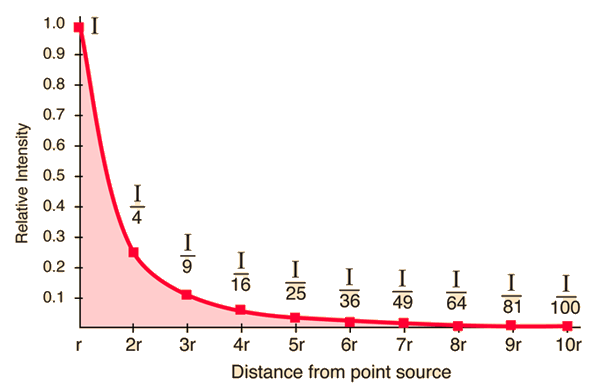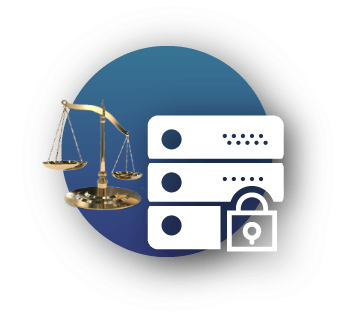Your WiFi and Cell Phone
service will disappoint you.
A 23 year old told us so. He left college when it shut down because of the spreading pandemic, went home and taught himself algebra, geometry, trigonometry and a few other things, then formulated a relationship called the inverse square law.
His name was Isaac Newton, he wrote a book called Principia Mathematica, which some call the greatest work of science of all time. Yes, we know that was about 3 centuries ago. We also know the idea is similar to an earlier idea of Johannes Kepler, a Schwäbisch man from a town about 10 miles from the birthplace of one of our Burdette Law staffers’ grandmother (so we can't talk about him).
Then there was a Frenchman named Charles-Augustin de Coulomb who is credited with the electrical version of Kepler’s supposition and Newton’s gravity math. Other famous names like Joseph Priestley, Daniel Bernoulli and Alessandro Volta, John Robison and Henry Cavendish came up with the same general idea to describe the behavior of gravity and force fields and electro-magnetic phenomena as they radiated in free space away from their source.
But Newton gets all the press here because of his off-the-charts level of eccentricity, and because he came up with all this stuff in isolation and kept it hidden for years.
Specifically Newton’s math holds that as the radius of distance between your WiFi router or cell tower to your phone or laptop INCREASES 2x, the signal available to you will DECREASE by 4x. Next step - 3x the distance weakens the signal by 9x….et cetera.
This graph illustrates what a slippery slope Isaac Newton and others described for us with their inverse square laws. Most people expect a fall-off of signal, but in a slow ramp sort of fashion. Few are prepared for the falling-off-a-cliff curve Newton described.
 It’s something we cannot avoid, though, when we transmit our latest Netflix movie over the free space inside our home to our ROKU box from our Comcast router. We often end up with that dreaded spinning, buffering symbol.
It’s something we cannot avoid, though, when we transmit our latest Netflix movie over the free space inside our home to our ROKU box from our Comcast router. We often end up with that dreaded spinning, buffering symbol. Newton and Coulomb and Bernoulli and Volta and others told us about 3 centuries ago to use a wire, some shielded copper, or a Cat 6 Ethernet link instead. But we’re a stubborn lot who ignore their advice in favor of convenience.
For those doubting Thomas sorts among you, have a look at this video produced by a genuine weird science guy.
Click the image below to access our Secure Client Portal



